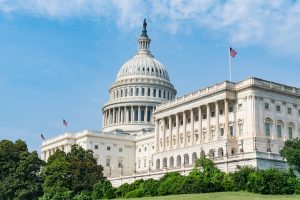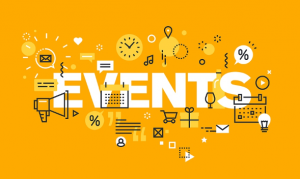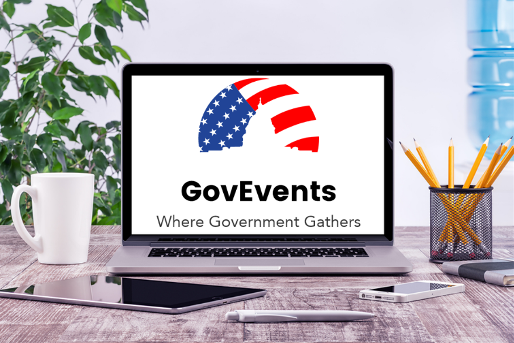 Recently, Market Connections released their 2020 Federal Media and Marketing Study results, providing a look at how the pandemic has shaped the way the federal buyer consumes media. Findings from 2020 can support marketers in short term planning and serve as a basis for longer term thinking about what their marketing strategy should look like.
Recently, Market Connections released their 2020 Federal Media and Marketing Study results, providing a look at how the pandemic has shaped the way the federal buyer consumes media. Findings from 2020 can support marketers in short term planning and serve as a basis for longer term thinking about what their marketing strategy should look like.
The biggest long-term change is the location of where people work. Prior to March 2020, only 5% of federal workers were teleworking full time. This number moved as high as 59%, and while it will drop in the future, 27% report they expect to telework full time in the future. Another 46% expect that partial telework will be a regular routine moving forward.


 Necessity is the mother of invention, and that is in fact the case with virtual events. The ability to host virtual events has been available for quite some time, but the demand has not been there. With the sudden shutdown of the country due to COVID-19, event planners looked to
Necessity is the mother of invention, and that is in fact the case with virtual events. The ability to host virtual events has been available for quite some time, but the demand has not been there. With the sudden shutdown of the country due to COVID-19, event planners looked to 



